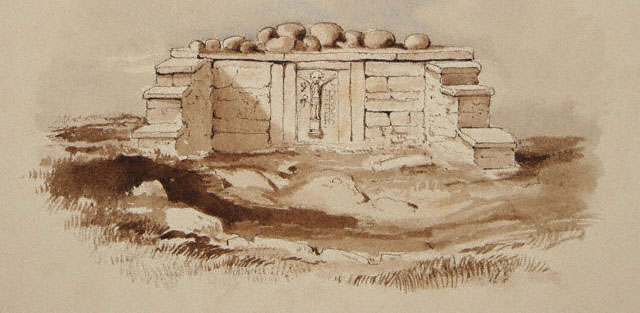Preface
A day late, but in keeping with time-honoured blog tradition, I nevertheless present my annual Patrician-themed rambling extravaganza – a deep forensic examination of lesser spotted aspects within the writings of the Historical Patrick. This year, I thought I’d take a look at one of the more neglected passages in his Confessio (Chapter 49) concerning women. Despite initial appearances and a lack of previous (male) scholarly attention over the years, Chapter 49 when fully appreciated, actually contains far more than meets the eye.
Before jumping in though, and for anyone approaching Patrick’s writings for the first time, there are a few things worth bearing in mind.
Patrick letters are a kind of open bulletin to multiple audiences and recipients. He was primarily writing for elite Christian audiences in Britain, but he sometimes changes focus within and addresses some of his Irish converts and supporters. Its helpful to be aware of whom he was addressing at any one time as certain themes or episodes would have made little sense to one or the other. His multiple audiences in Ireland and Britain, despite being under a shared umbrella of Christianity, knew little to nothing of each others daily cultural or political realities.
Patrick can be read via several layers of meaning. There are the actual words that he used; and there are the words/phrases within those words that are designed to hint or reference certain biblical passages that would resonate among an elite Christian audience. Throughout his writings, Patrick uses sub-textual references to reinforce his arguments, his sense of righteousness and sometimes, as an sub-qualifier or comment on his own text. A lot of the time, it is these biblical allusions, or expansions, which are key to understanding his underlying meaning.
With that, lets take a look at the matter at hand.






